|
When dealing with autism, just as in most other disorders, you will be faced with a number of therapy options for your child. These include therapies that are educational, behavioral, biomedical, nutritional, and sensory.
This post may contain affiliate links. Purchases made through these links help make content like this possible, at no charge to you. We thank you for your support. One way to ensure that your child receives the best possible therapy for autism is to carefully monitor the effects a therapy has over time. By finding out which therapies work and which do not, you can stop paying for the ineffective methods and put more of your money into those which are creating a positive difference. First, evaluate the abilities of the autistic individual before the therapy begins. To do this, many services and organizations, including the Autism Research Institute, provide a checklist of evaluation points that focus on behavior and illnesses associated with autism. Autistic individuals tend to have increasing functionality as they mature, so remember that some of the positive effects in his or her life are simply due to the natural growth process. However, after two months fill out the checklist once again and compare it to the first. Are there any sharp positive increases in behavior characteristics? If so, this is more likely due to the treatment. It is important to begin only one treatment method at a time. If you try everything at once instead, good and bad effects may cancel one another out, or even if the effect is totally positive, you will not know which treatment method is causing it and which are not doing anything. Of course, past studies can help you choose which methods to use, but because autism is an extremely complicated and individual disorder, these studies are not always helpful. Also, some treatments are so new that the studies done are only on short-term effects, which is usually unhelpful. Instead, it is a process of trial and error. Two months is a good amount of time to study the differences within an autistic individual trying a new treatment. After two months, if you do not see positive improvement, you can discontinue your use of that particular method and better invest your money in treatment options that work. Remember that you do not always have to wait two months to make choices about whether to continue or discontinue a therapy method. If the side effects of a medication, for example, are interfering with the patient’s life in an unbearable way, then you should discontinue the treatment. You can also make continual treatments based on immediate good reactions—just remember to continually monitor the various methods. Autistic individuals grow and mature just like everyone else, so treatments may stop working after time. Before trying anything new, consult your doctor to make sure you are being as safe and healthy as possible. Autistic children need schedules Schedules are an important part of every child's life. This is especially true when dealing with a child of special needs like Autism. Having a schedule will help the Autistic child feel a sense of structure. Children with Autism often have anxiety issues they are dealing with. Having a schedule helps the levels of anxiety to drop. They know what to expect daily. They know at a certain time of the day what they will be doing. If there is no schedule or structure in an Autistic child's daily life things will be very hectic. An Autistic child can have a lot of medical and therapist appointments. Sometimes there will be more than one appointment a day. Keeping a schedule can help you and your child to make sure they do not miss any appointments. Some Autistic children have trouble with reading. You can use a visual schedule. Have pictures for all the daily activities. This allows them to see what is coming next. Having a schedule for your Autistic child will help avoid some breakdowns. Keep the schedule posted where your child can see it. If you have to change the schedule explain the changes to your child. Autistic children like routines, and a change could throw their whole day out of whack. Homeschooling One Child has a visual schedule available for subscribers. To get yours, simply subscribe to the newsletter here. Schedules can be a help when trying to get the child to do something they do not want to do. Simply show them that after they do the task or activity they will get to move onto something else. Tell them they cannot move on until this activity is completed. It’s difficult to argue with a printed schedule. There will always be things that come up. Try to stick to the schedule as much as possible. When things come up try to get back on schedule as soon as you can. This includes weekends. If your child is used to getting up at seven in the morning continue to do so. Keep their bedtimes close to the same time each night. Your Autistic child will be happier when they have had enough sleep. Schedules will make life much easier for you and your Autistic child. Keep them posted for your child to see and stick to the schedule the best you can. An example of a schedule you can use is found below. 7 AM Wake up, get dressed, and ready for the day 8 AM Breakfast 9 AM Therapy Appointment at home or homeschool 11 AM Free time/ Play time 12 PM Lunch 1 PM Outdoor Play 2 PM Therapy Appointment at home or homeschool 3 PM Free Time 5 PM Dinner 6 PM TV time 7 PM Bath time 8 PM Bedtime This allows the child to know what is going on during the day. Include medical or therapy appointments on the schedule. An older child can still benefit from a schedule. It has to be adjusted for school time, and any extracurricular activities. You can include homework time and chores into the chart. Once you start using a chart for your Autistic child you will see an improvement in the flow of your day. This also leaves little time for boredom. There is always something planned to do. Let your autistic child be a kid Many parents with autistic children are afraid to let their child be a kid. They get so wrapped up in their child's therapies they forget to let them have fun. They focus on keeping them safe and become too protective. The child's life becomes full of appointments. They get little time to just be a kid. While it is important to keep your child safe it is also important to give them time to do things they like. Here are some things you can do to make sure your child gets to be a kid. 1. Give your Autistic child a certain time each day to do whatever they want to. If they have a toy or game they like to play let them. Everyone needs a break from appointments. 2. Arrange activities for your child that they like. This could be something like a trip to the park once a week, or a meal at their favorite restaurant. Let the child pick the activity. Maybe they would like some time to spend with grandparents or a favorite family member. 3. Let them retreat into their autistic bubble—but don’t let them stay there. If they need a sensory break and want to watch a train video or play with trains, or be on a tablet, or swing from a sensory swing, let them do that. These activities are not wastes of time, but instead they help the child process and decompress. 4. Do not teach your child to be a victim. Just because they are Autistic does not mean they cannot have a normal life. They need to be taught to not let their condition stop them in life. Teach your Autistic child they can do anything they set out to do. 5. Do not let your child's diagnosis of Autism become an excuse. Give your child consequences if they do something wrong. Do not let them get away with things simply because they are Autistic. Children learn pretty quick that the excuse of their condition can get them special treatment. This will not help them later on in life. 6. Give your Autistic child chores. Make sure they are chores the child is capable of doing. This will give the child the pride of knowing they can accomplish something. Give them rewards for completing the chores. The chores could be as simple as making their bed, picking up their toys, or feeding pets. 7. Do not lower your expectations for your Autistic child. Teach them to always do their best. Having a medical condition should not give them a reason to not try. If they do not try they will never know their full potential. Kids get hurt. They get dirty. That is all a part of being a kid. Do your part and watch over them but allow them to have some freedom. Even though your child has special needs, allow them the chance to be a child. Homeschooling autistic children There’s an old adage regarding autistic people: if you’ve seen one person with autism, you’ve seen one person with autism. This means that autism is a wide-ranging developmental disorder that manifests in many, many different ways. You have to do what is right for your family and your child, regardless of what works or doesn’t work in other autistic homes. There are many resources and activities for children with autism for homeschooling. Some parents, especially those who have had children in public schools, are familiar with individualized educational plans, or IEPs. As a mom of four special needs kiddos, three of whom were in public school and the last daughter was in public school for 2-1/2 years, I can say with all confidence homeschooling is the best IEP you can possibly give your child. You know your child more than anyone, and you are fully capable of teaching your son or daughter, even if autism is present. Absolutely, count therapies as homeschooling. Kids work hard in therapy, and they learn a great deal--why shouldn't that count as homeschool? In fact, if all your child does in a day is therapy, that's a homeschool win. Read to your child, no matter the age, every day. Talk with your child, even if he or she is nonverbal. Just because the child cannot speak does not mean the child isn't listening to you. (Be mindful of what you say; if you're talking about the child with the child in the room, don't be negative and say the child cannot do something. What a child hears, they become). Be patient when teaching. Make abstract concepts as concrete as you can. Use manipulatives in math. If they act out or have some sort of behavioral meltdown during a subject that you've gone over again and again, it might just be that they're bored. My autistic son did menu math in school for years until I homeschooled him the last semester of his senior year, due to bullying and behavioral issues. Turns out, he was bored with menu math. After I acquired a pre-algebra book and started teaching him that, his behavior issues cleared up. He found pre-algebra to be intriguing, like codes to solve. He had been bored the whole time and was acting out because of it. Other resources for kids with autism As I wrote above, I'm a mom of an adult son with autism who was diagnosed in 2000 at the age of six, when there wasn’t a lot of research, acceptance, or tolerance for people with autism. I had to do a lot of trial-and-error on my own to help him. There are a couple of tools and resources I used throughout his childhood and teenage years to help him. One was the website Do to Learn. This website has an incredible treasure trove of resources, information, and tools to help parents with their kids. Another resource, especially in Sam’s teenage years, is the book by Mary Wrobel, Taking Care of Myself. This book (the edition with the green cover is the best) helps teach teens with autism about hygiene and puberty. It can be used as a personal curriculum for young people with autism. Lastly, it helped me a great deal as a mom with an autistic child to learn from others who had experience managing life while having a child with autism. Parents with typically developing children simply don’t understand the grief, joy, heartache, and extreme fatigue that comes with having a child on the autistic spectrum. Having been through that road before, I wanted to do something to help others who are homeschooling kids with special needs. That is why I created the Homeschooling Special Needs Expo, coming to Shelby, NC, June 28-29, 2024. This Expo delivers over 50 educational sessions from over 30 seasoned, experienced homeschoolers and people who have or are facing parenting children with various challenges. It also features almost 30 exhibitors that focus on curriculum, special needs, therapies, testing, and other services or products to help you in your homeschooling special needs journey. For more information, and to register, click here. Blessings, Terrie © 2024 Terrie Bentley McKee ALL RIGHTS RESERVED
0 Comments
This is the first installment in a six-month long series on homeschooling various special needs, in anticipation of the Homeschooling Special Needs Expo, an in-person conference coming June 28-29, 2024 to Shelby, NC. Open to all in the United States, this conference is the first of its kind in the nation, featuring Temple Grandin delivering the in-person Capstone Keynote and a church track to help churches minister to special needs families, in addition to helping teach parents how best to homeschool their special needs children and teens. For more information on the conference, click here.
What is executive functioning? Executive functioning are those skills that help a person plan ahead, meet goals, follow multi-step directions, have self-control, and manage distractions. For many kids (and adults!) with autism, ADHD, and other neurodivergent issues, executive functioning skills are not innate. However, one can exhibit executive function delays without having autism, ADHD, or other issues. The keys to help a child with executive functioning issues are to identify the issues and then to train the brain to develop those skills. There are eight key executive functions: Impulse control, Emotional Control, Flexible Thinking, Working Memory, Self-Monitoring, Planning and Prioritizing, Task Initiation, and Organization. Here are seven ways to homeschool kids with executive functioning issues. Use a planner for each child Use a calendar-planner for each child, where the child can write down assignments, tasks, chores, therapy sessions (if applicable), and keep track of important dates, such as birthdays, youth events for church, and due dates for homeschool projects. Use this planner to write down daily goals and priorities. Check the planner daily but allow the child to use the planner to take ownership, to help him or her track progress. Top 5 priorities Each Sunday evening, sit down with your child and work together to develop the top five priorities for the coming week. This may look like studying for an upcoming test, researching a paper, finishing a project, practicing an instrument five hours, or even taking care of pets. The important thing is to let your child think about the upcoming week and its tasks and develop five priorities based on the academic activities (or household chores) that are coming up in the week. Once your child thinks about those priorities then writes them down in the planner, help the child stay on track by referring back to the planner. Bonus: a child cannot argue with the planner! After several weeks of this, with success, this will become a habit that will stick with the child for a very long time. Do what you dread first Encourage your child to not put off unpleasant tasks but go ahead and knock out things he dreads first. For example, if your child hates to do math because she doesn't like it, encourage her to do math first, so that she's not dreading it all day long. Sometimes the anxiety of knowing that we have to do something we don't like to do paralyzes us in doing anything at all. Set up morning and evening routines Routines are critical in helping kids with executive functioning disorder thrive. Help your child by setting up and maintaining morning and evening routines, with self-care items such as bathing/showering, skin care, teeth brushing, any medications, meals, etc, part of those routines. Some homeschool families enjoy utilizing a morning basket in which books are read, puzzles solved, and the Bible read as a family before the academics of homeschool even start. Then, in the evening, have showers or baths, snacks, a movie, Bible devotional, or reading books in bed...the key is to maintain the routines for the good of all. Use a timer With some children, they take so long in doing one subject that they can't get to anything else. This frustrates them, frustrates parents, and doesn't make for a happy homeschool. First off, don't assign twenty math problems when six problems can represent the lesson and tell if a child has mastered the concepts. Use a timer, especially for things like math problems, spelling assignments, writing papers, or other things like teeth brushing. The little added pressure of beating the clock will help the child move on to something else and take away the dread of dealing with a subject he doesn't like. Start small In dealing with executive functioning issues, start with one thing. Set up routines, get them to a point where they're habits, then incorporate a planner. Like fad diets, moving too quickly from one thing to another is a set-up for failure. Do one thing for a couple of weeks, than add something else. Understanding goes a long way Children are rarely oppositional for no good reason. Usually there's an underlying reason behind difficult behaviors--diet, lack of sleep, a developmental delay or neurodivergent issue that hasn't been diagnosed, or lack of structure are all things to consider. Understanding why your child is acting out, not focusing on his or her work, or forgetting things you just went over is critical to getting your child the help he needs. Many times, in the process of discovering that your child has an executive function disorder, you may find that you also have the same issue. Executive functioning disorders can impede a person's entire life, but there are things that can be done to help train the brain to function to prevent anxiety, make deadlines and life goals, and not be late for events. Like with anything, it takes time and discipline to hone those skills, but just acknowledging there's a problem is the first step. Blessings, Terrie (c) 2024 Terrie Bentley McKee ALL RIGHTS RESERVED 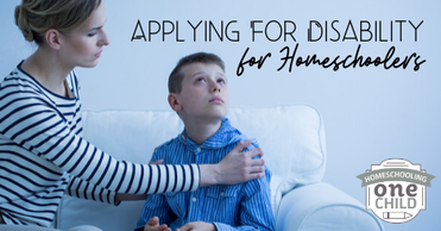 After a loved one has a diagnosis that will be lifelong, applying for disability is one of the next steps. Social Security-Disability (SSDI or SSI, depending on individual circumstances) not only provides a small source of income, but also provides Medicaid as health insurance. Having Medicaid opens a multitude of services available to the disabled person, from transportation to day programs to in-home care, among others. There are tricks and tips, though, for applying for disability. Do your research Before visiting the Social Security Administration office near you, visit their website. Make sure that the diagnosis you have is covered under the disabilities the Administration recognizes. Some aren’t—especially if it is something that will eventually go away. Find your local administration office, and call to make an appointment – this will save a great deal of time at the office itself. Paperwork First and foremost, go to the Social Security office prepared with the documentation needed: birth certificate, Social Security card, identification card (ID or drivers’ license), and any and all evaluations. The evaluation results could be medical, educational, or psychological. Make sure all of them are the original documents that can be copied by Social Security staff. There are some instances where one can apply online without leaving their home--check the website to see if you qualify. The evaluations or medical records should be signed by a doctor or therapist, with their addresses and phone numbers readily available. Applying On the day of application, go in prepared with all the documents in a manila-type file folder or envelope. If you are prepared, the application process is a great deal faster and no one —you or the worker—get irritated. If you are applying on behalf of someone, make sure you bring that person along. Do not apply for someone without that person there, even if it’s a child with autism who is having a terrible day. It’s much more difficult to say “no” to a person than a name on a piece of paper. Also, if you do bring the child for whom you’re applying, try to bring another adult who can take the child outside or to the restroom. After applying Understanding that getting denied the first time you apply is not the end, nor is it abnormal. Appeal the decision, and if necessary, hire an attorney who specializes in Social Security disability cases. However, one of the most popular reasons a disability case is denied is because someone is trying to get disability who does not qualify as disabled. Another reason is that the appropriate paperwork was not submitted. For example, let’s say that Mary and Jane both have migraines. Both have missed work because of them, and both apply for disability. Mary takes over-the-counter meds and fights through. Jane goes to a neurologist, is put on prescription medication, saves all her receipts, and has her work document days absent due to illness. Jane has her migraines documented whereas Mary does not. Mary gets denied disability but Jane is approved. If Mary sees a doctor for her migraines, saves OTC and prescription medication receipts, and had her work document her absences, she could possibly win an appeal. It would be extremely difficult to win an appeal based on non-documented doctor visits, hospital stays, or work absences. Applying for a chronic condition If a child is born with a chronic, life-long condition that will affect his livelihood or ability to work for the rest of his life, applying for disability is an appropriate avenue which, along with Medicaid, opens doors for that child for therapies, housing, transportation, and other services. To apply for a child with a chronic condition, first look up the condition on the Social Security website to ensure it’s one of the disabilities recognized by the government. Secondly, if it is recognized, call your child’s primary care doctor for a complete physical, and any specialists the child sees. Tell the doctors you’re trying to gain disability for the child, and that you will need copies of the medical records. Homeschoolers Children public schools’ exceptional childrens’ programs have Individualized Educational Plans to document educational strengths and weaknesses, as well as show need for therapies. Homeschooling parents need to document and portfolio their child’s work, and it would not hurt at all to keep a running journal on your laptop about your child’s progress (or lack) in homeschool. Make sure each entry is dated. If the child receives in-home or outside therapies, even if you pay out of pocket, each therapy should document and write an evidentiary letter about the child. Documenting is key when trying to receive disability. Applying for a child before she is 18 years old is extremely important. When a disabled child turns 18, they are no longer bound by income restrictions from her parents. However, it is important you gain all medical records that show the disability started before she turned 18, as this indicates a life-long issue. Have your child evaluated by a psychologist who is trained in performing Social Security psych evals, and take the original copy of the evaluation results with you when you apply. Also, take the person for whom you’re applying, even if he is having a bad day. Sometimes, a bad day indicates disability more than pristine behavior. You will want to open a checking account for the child with your name on it as well. Take routing and account numbers with you to the application appointment, and a copy of the balance sheet for the checking account, noting that it should have only enough money in it that was used to open the account. The person’s disability payments will be direct deposited into this account. Applying for disability is one of those necessary evils when one has a life-changing illness or injury. Doing your homework, documenting everything, and getting all the paperwork in order helps the application process tremendously. ~ Terrie (C) 2019 Terrie Bentley McKee All Rights Reserved 
The last year my son was in high school, he was bullied mercilessly, which caused significant behavior issues with him. Autism is cruel enough--being bullied because of the autism is unacceptable.
After many tries to remedy the situation through IEP, teacher, and administration meetings, I finally pulled the "homebound" student card and taught Sam at home with academic resources from the school. He still graduated--and walked--with his class, but we were thrust into the world of homeschooling quite by accident. My other son, Jacob, was still a student at the school, a year behind Sam. It was odd, at first, Jacob getting up and rushing out the door to meet the bus in the morning, leaving Sam at home with me. But, like many parents of children with autism and other special needs, I found out quickly what worked and what didn't. The thing about it was this: I was homeschooling one child while the other went to public school. In that particular season, it was what we needed to do to meet the needs of both boys. It would not have been fair to Jacob, who was active in band, to pull him from public school because his brother had significant issues. Public school met Jacob's needs; it did not meet Sam's. Throwing out the IEP The IEP--Individualized Education Plan--was made to provide specialized public education to my son, who has learning disabilities. At home, though, he was getting one-on-one, highly individualized education. I found that a lot of his IEP was based in the behavioral issues and problems he would have with teachers and peers; about 60% of it was dedicated to academics. I found that Sam was really, incredibly, mind-numbingly bored with "menu math" -- addition, subtraction, and a wee bit of multiplication based around restaurant menus, food prices, and grocery store circulars. He wanted something different. He wanted codes to break and exploration, so I introduced him to algebra. No more "Mary orders a pancake for $1.49 and an orange juice for 59 cents. How much change would she get if she paid with a $5?" -- no, he not only relished 2x=6 but he was thrilled by the adventure of what that x meant. The truth is, every child can benefit from individualized education. If you are homeschooling one child and not the others, I would encourage you to do one of two things: be as proactive with your publically-schooled children, in their schools, with homework, with extra-curricular activities, as you are with your homeschooler, or homeschool all your kids. Public school now is not like public school 30, 20, or even 10 years ago. There's less education and more indoctrination. Just be aware, parents. Homeschool and Homework The biggest issues occurred we had when homeschooling one and not the others were when Jacob disembarked the bus at 3:45. Sam can be quite chatty when he's excited and nothing would get him more excited than his brother arriving home. Jacob had homework to do and his tenor sax to practice. Sam was technically finished with school long before Jacob (more on that in a second), so there was the problem of getting Sam to be quiet while Jacob worked on his homework. I learned to keep reading or another subject back, and required Sam to read or do math facts --something! -- while Jacob was busy doing his homework. It brought in a semblance of normalcy to the new routine. The beauty of homeschool is it's not 8:30 a.m. - 3:00 p.m. It can be any time, so it can be when other kids are studying, too, to minimize distruptions. Schedule Keeping to a tight schedule was fundamentally the most important thing with homeschooling Sam. Autism doesn't take kindly to a hither-and-yon schedule. I would have the same subjects in order, the same way, every single day. Spelling, math, a break. History, lunch. Science, a long break. Jacob would come home, and Sam would do his reading. I found that Sam got more done, retained more information, and was done before the afternoon bus pulled up, on most days. He was happier and was learning--without being bullied. School Some days, we had to pick Jacob up from school, and on those days, Sam went in with me, saw familiar people, talked with the assistant principal. He still participated in graduation preparations. We balanced his educational needs with Jacob's, and his desire to do neuro-typical things like graduation. We made it work. Parents, you need to do what works for your family, and ultimately, it's your call whether or not to homeschool, to have your kids in public school, or private. The most important thing is to be present, and active, in your child's education. - Terrie (c) 2019 Terrie Bentley McKee All Rights Reserved
This post was proofread by Grammarly
|
AuthorTerrie Bentley McKee is an author and speaker who homeschools her youngest daughter. Married to her husband Greg, they have four children, all of whom have special needs of varying degrees. Terrie is a follower of Jesus Christ and tries to glorify God in all she does. To read more about her testimony, click here. Affiliate LinksHomeschooling One Child is a participant in the Amazon Services LLC Associates Program, an affiliate advertising program designed to provide a means for sites to earn advertising fees by advertising and linking to amazon.com. Check out our YouTube channel!Check out our podcast!Please pin!Archives
January 2024
Categories
All
|
- Home
- Blog
- Podcast
-
Resources
- Teach What is Good Devotional
-
Convention Resources
>
- Homeschooling a Teen with Autism
- Tips on Creating a Disability-Inclusive Church
- How to Teach Your Exceptional Child about Faith
- Homeschooling Preschoolers with Autism
- How to Pick Developmentally Appropriate Curriculum for your Autistic Child
- Overwhelmed
- Homeschooling One Child
- Life Skills Chickens
- Strategies on Homeschooling Kids with Special Needs
- About Us >
- Vlog
- Homeschooling News
- Printables
- Special Needs
- Curriculum
- Encouragement
- Home Management >
- History
- Science
- 25 Days of Advent
- Courses
- Store
(C) 2023 Terrie Bentley McKee ALL RIGHTS RESERVED
- Home
- Blog
- Podcast
-
Resources
- Teach What is Good Devotional
-
Convention Resources
>
- Homeschooling a Teen with Autism
- Tips on Creating a Disability-Inclusive Church
- How to Teach Your Exceptional Child about Faith
- Homeschooling Preschoolers with Autism
- How to Pick Developmentally Appropriate Curriculum for your Autistic Child
- Overwhelmed
- Homeschooling One Child
- Life Skills Chickens
- Strategies on Homeschooling Kids with Special Needs
- About Us >
- Vlog
- Homeschooling News
- Printables
- Special Needs
- Curriculum
- Encouragement
- Home Management >
- History
- Science
- 25 Days of Advent
- Courses
- Store
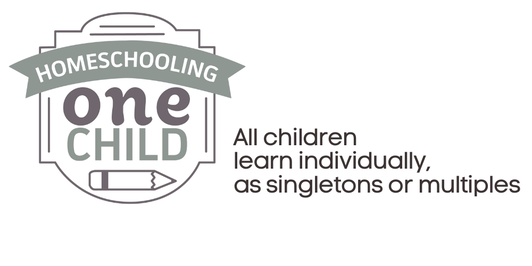
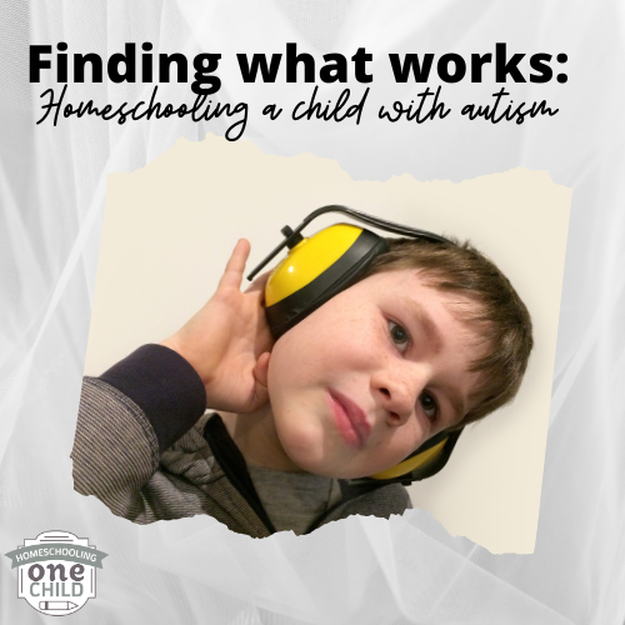


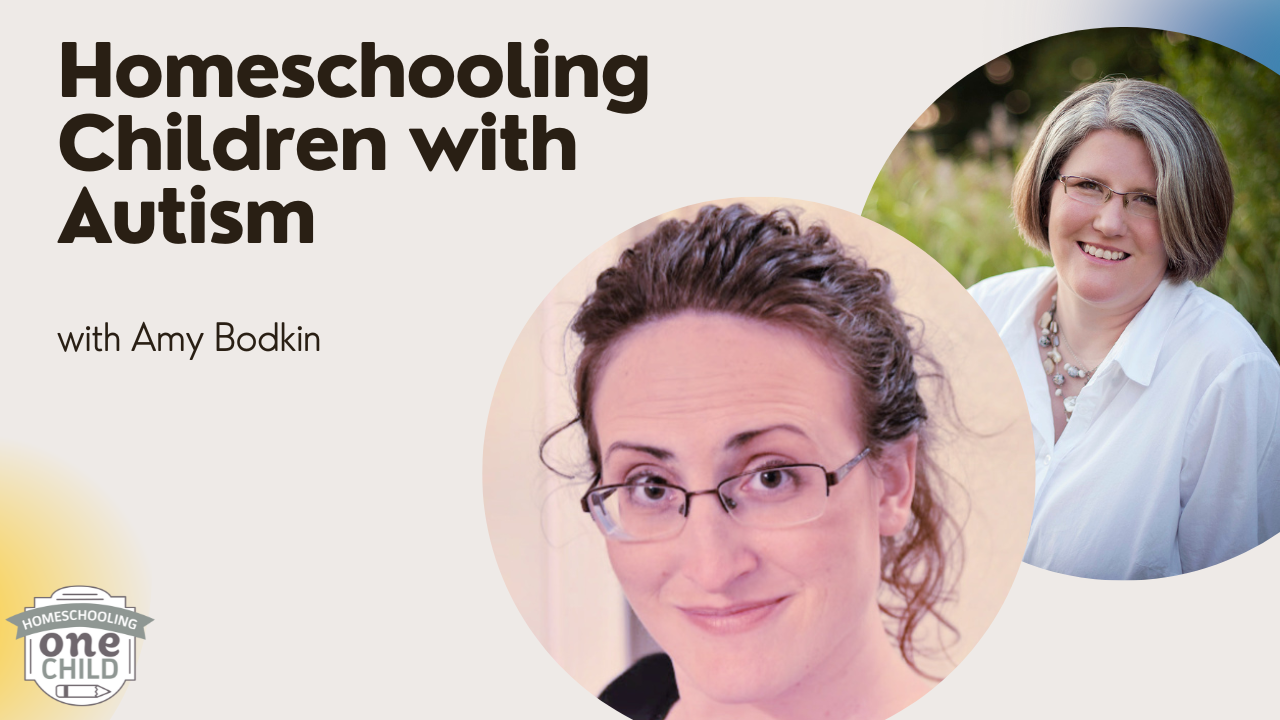
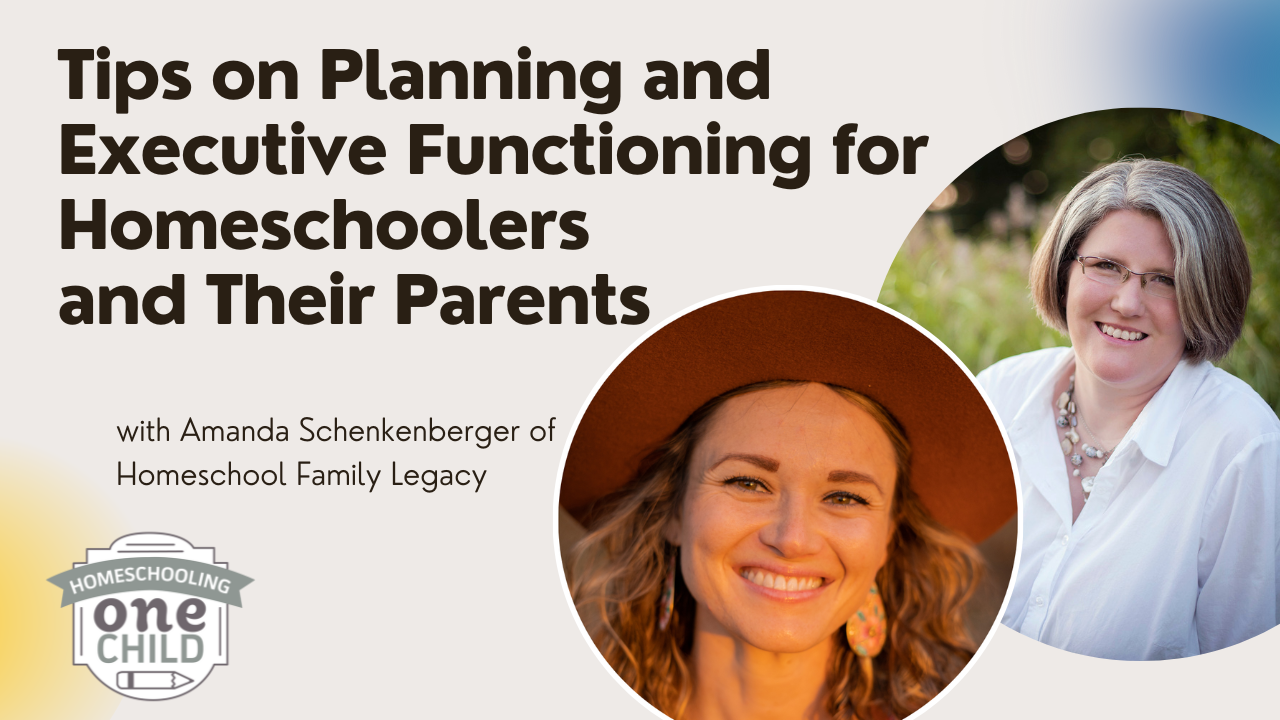
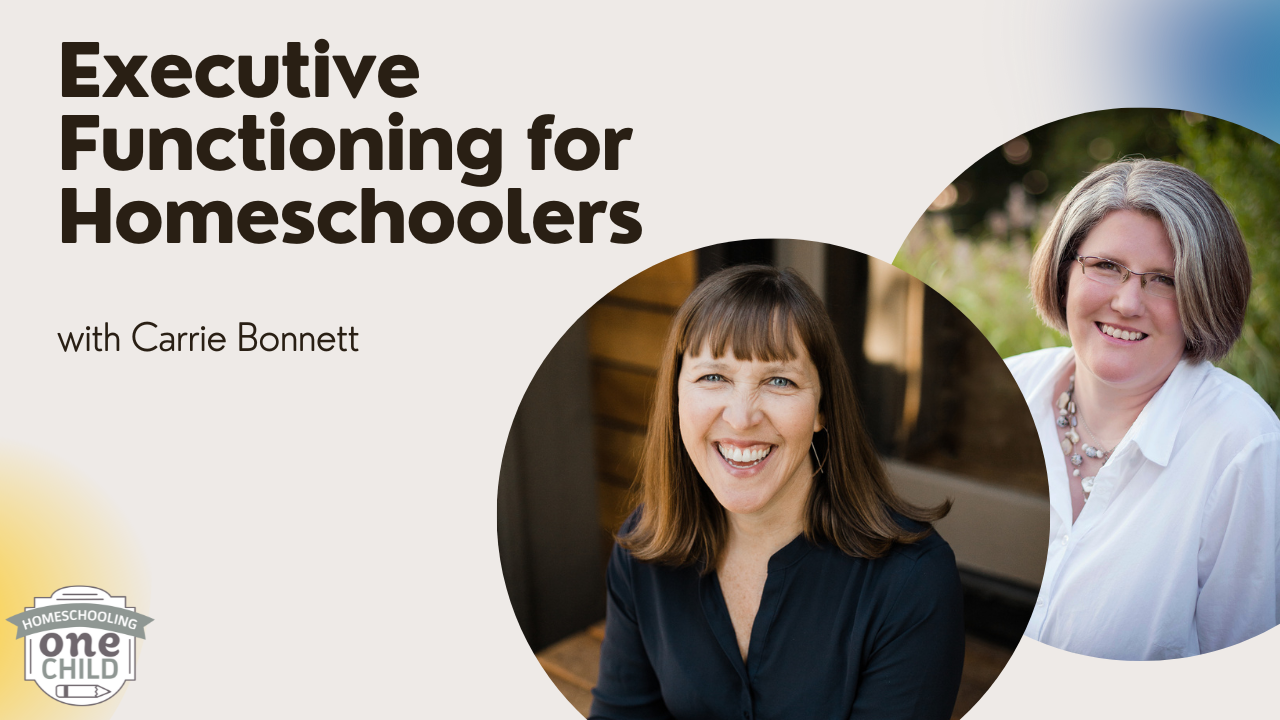
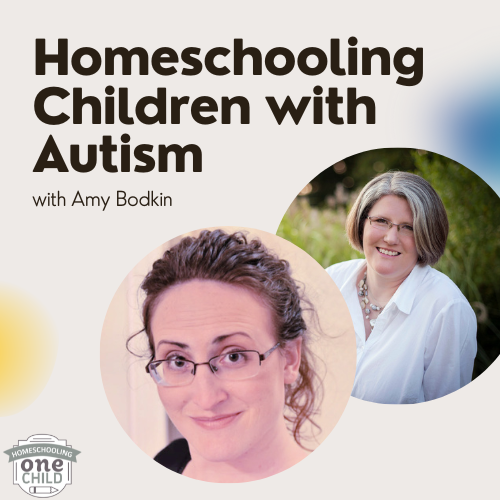
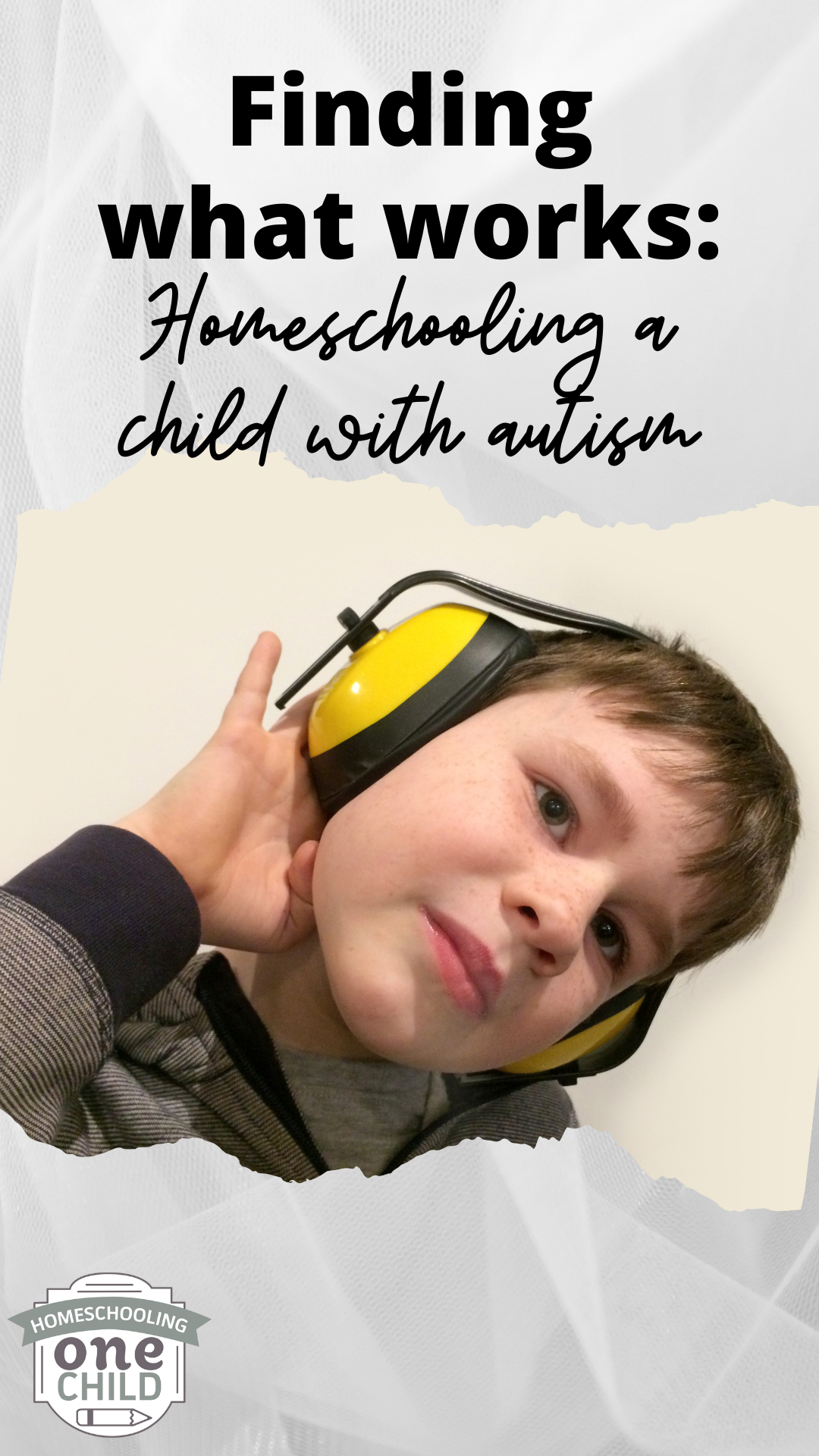

 RSS Feed
RSS Feed
